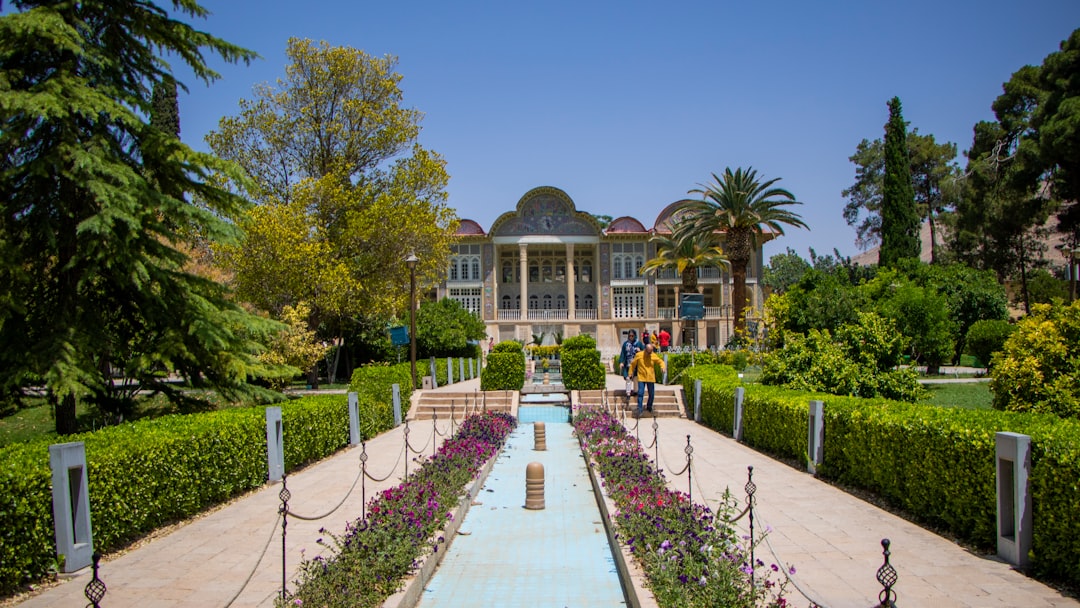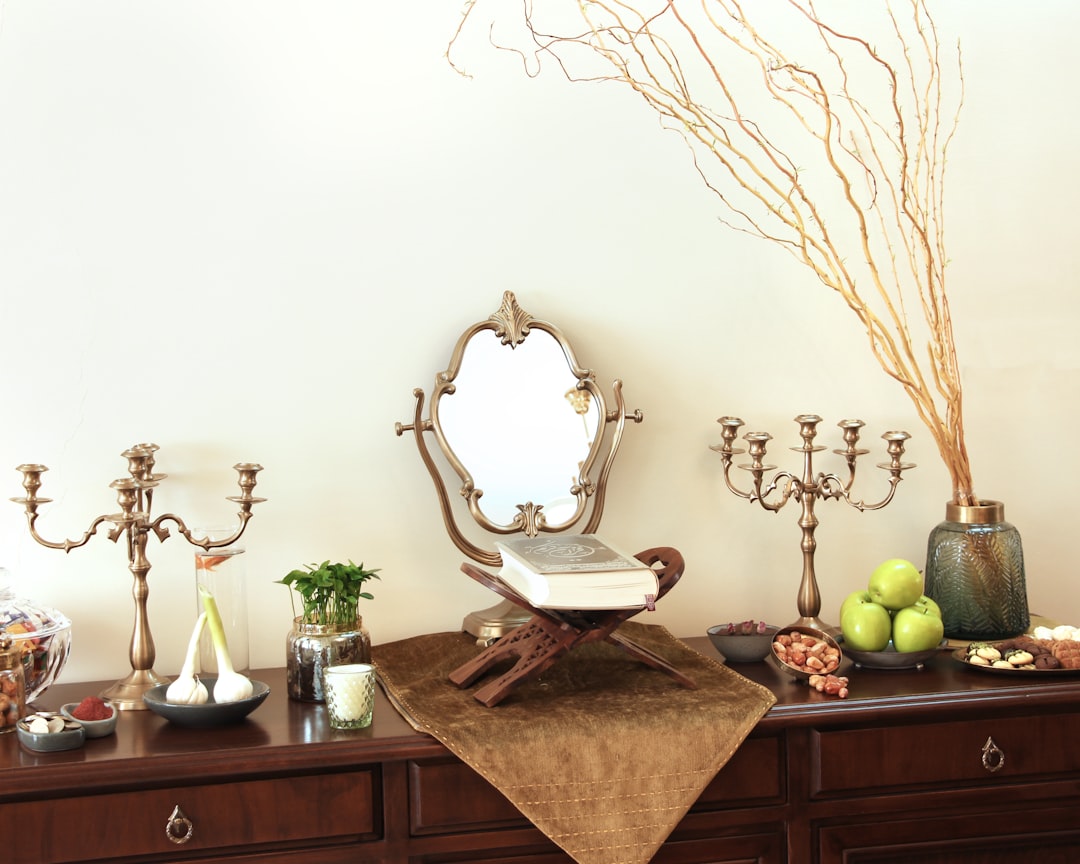The idea of paradise—an idyllic, serene, and perfect realm—has been a universal symbol in many cultures throughout history. For the Persians, this concept of paradise was beautifully manifested in the design of their gardens. Known as “Pairidaeza” (the ancient Persian word for garden, from which the English word "paradise" is derived), Persian gardens are not merely landscapes; they are sacred spaces designed to reflect the divine harmony of nature and the universe.
In this blog post, we’ll explore the rich history, design, and cultural significance of the Persian garden, which has left an indelible mark on garden design across the world. Are Persian gardens truly paradise on earth? Let’s take a closer look.
🌿 The Origins of the Persian Garden
The roots of the Persian garden can be traced back over 2,500 years to the Achaemenid Empire (550-330 BCE), under the reign of Cyrus the Great and his successors. However, it was during the Sassanian period (224–651 CE) that Persian gardens as we know them began to take shape, with their refined geometries and symbolic designs.
These early Persian gardens were created as spaces of luxury, spirituality, and rest for the kings, nobility, and elite. Persian rulers believed that their gardens were microcosms of the world, where the heavens and earth met in perfect harmony. The gardens symbolized a paradise on earth, where life flourished in harmony with the divine.
🏞️ The Design Principles of the Persian Garden
What makes a Persian garden so distinct? The design of these gardens follows specific principles that have been passed down through generations, and their beauty is as much about philosophy and symbolism as it is about aesthetics.
1. The Fourfold Layout: The "Chahar Bagh"
At the heart of every Persian garden is the concept of the Chahar Bagh or "Four Gardens." This design is based on the idea of dividing the space into four equal parts, usually through water channels. The number four holds deep symbolic meaning in Persian culture, representing the four elements—earth, water, fire, and air—as well as the four corners of the earth.
-
Water as Life: Water is a central feature of Persian gardens and symbolizes life, fertility, and spiritual purification. The garden's layout often includes a network of rills, fountains, and streams, which not only create a soothing atmosphere but also provide a sense of eternal renewal.
-
The Four Quadrants: The four quadrants represent the harmony of nature and the perfect balance between human civilization and the natural world. These divisions also reflect the idealized notion of paradise as a space where everything is in balance and harmony.
2. Symmetry and Geometry
Persian gardens are known for their meticulous symmetry and geometrical precision. This layout is not just for visual beauty but also serves a spiritual purpose. The symmetrical pattern of paths, trees, and water channels mimics the order of the universe, with everything in its proper place.
The geometry of the Persian garden reflects the ancient Persian belief that mathematics and nature are intertwined and that the perfect symmetry of a garden can elevate the soul, offering a glimpse into the divine.
3. Symbolism of Elements
In a Persian garden, every element has symbolic meaning:
-
Water: As mentioned earlier, water symbolizes life, purity, and the divine. The sound of running water is often used to create a meditative atmosphere, reinforcing the idea of eternal life.
-
Plants and Trees: Persian gardens often feature a wide variety of plants, including fruit trees (such as pomegranates, apricots, and citrus), which symbolize fertility and abundance. Other common plants include cypress trees, which are symbolic of immortality, and roses, which represent beauty and love.
-
The Pavilion: Central to many Persian gardens is a pavilion or summer house—a place of rest and reflection. The pavilion often sits at the garden’s center, surrounded by water and pathways, providing the viewer with a panoramic view of the entire garden.
4. Integration with Architecture
Persian gardens are not just green spaces—they are also integrated with the architecture surrounding them. The gardens often include a palace, mosque, or house, where the design of the garden is harmoniously connected to the building’s structure. The windows, balconies, and courtyards of the buildings are designed to frame views of the garden, allowing the beauty of nature to flow seamlessly into the living space.
🌸 Famous Examples of Persian Gardens
Throughout Iran, countless gardens reflect the splendor of Persian garden design. Here are some of the most iconic gardens that showcase the lasting beauty and impact of this art form.
1. The Shazdeh Garden, Mahan
Located in the town of Mahan, near Kerman, the Shazdeh Garden is one of the most exquisite examples of a Persian garden. The garden is famous for its lush greenery, flowing water, and central pavilion. It was built during the Qajar dynasty in the 19th century and is a prime example of the classical Chahar Bagh layout.
2. The Fin Garden, Kashan
The Fin Garden in Kashan is another classic example of Persian garden design. This garden is famous for its symmetry, its stunning pavilions, and its use of water. The Fin Garden has been recognized as a UNESCO World Heritage site due to its historical and architectural importance.
3. The Niavaran Garden, Tehran
Located in Tehran, the Niavaran Garden is home to the Niavaran Palace, once the residence of the Pahlavi family. The garden is a harmonious blend of nature and architecture, with a series of beautifully manicured lawns, water channels, and ornate buildings.
🌺 Cultural Significance of the Persian Garden
Beyond their aesthetic beauty, Persian gardens hold a deep cultural and philosophical significance. They are reflections of Iranian identity, heritage, and spirituality. For centuries, gardens have served as places of contemplation, where individuals could reconnect with nature and contemplate life’s deeper mysteries.
In Persian literature and poetry, gardens are often used as metaphors for paradise and heaven. Poets like Hafez, Saadi, and Rumi frequently described gardens as places of divine encounter—spaces where the soul can experience beauty, love, and peace. The Persian garden, therefore, serves as a space for both physical enjoyment and spiritual reflection, where nature’s beauty becomes a pathway to the divine.
🌿 Conclusion: A True Paradise
In the world of Persian architecture and design, the Persian garden is truly a masterpiece—a living testament to the harmonious relationship between humans, nature, and the divine. Whether it’s the centrality of water, the meticulous design, or the symbolism of every plant and tree, the Persian garden is a space of balance, beauty, and spiritual serenity.
Is it paradise on earth? In many ways, yes. The Persian garden offers a glimpse into the perfect harmony that Persian culture has long strived to achieve—an oasis of peace and beauty that serves as a model for both the natural and spiritual realms.





